The Intricate World of Insects: A Close-Up Look at Nature’s Marvel
$4.00
The image of the insect poised gracefully on the leaf’s edge encapsulates the delicate balance and harmony of nature. With its sleek, black body and finely tuned antennae, the insect appears vigilant and alert, embodying the resilience and adaptability that characterize many of the world’s smallest creatures. The smooth, green leaf provides a striking contrast to the insect’s dark form, highlighting its intricate details and emphasizing its role within the ecosystem. This tiny yet significant moment serves as a reminder of the complex interdependence that sustains life on Earth, where even the smallest creatures play a crucial part in maintaining environmental equilibrium.
15 in stock
The image above captures the delicate and intricate nature of an insect perched on the edge of a leaf, demonstrating the remarkable diversity and complexity of the insect world. This seemingly simple scene is a testament to the fascinating behaviors and characteristics that make insects some of the most adaptable and successful creatures on Earth.
The Remarkable Physiology of Insects
Insects are a class of invertebrates within the arthropod phylum, and their bodies are divided into three main parts: the head, thorax, and abdomen. The insect in the image showcases a sleek, black body with long, delicate legs and antennae that are highly sensitive to their environment. This particular insect appears to be a type of praying mantis, identifiable by its elongated thorax and characteristic posture.
Praying mantises are known for their unique physical adaptations that make them formidable predators. Their front legs are modified into powerful raptorial limbs, which they use to grasp and hold onto prey. The mantis’s keen eyesight allows it to detect movement from a distance, and its ability to remain perfectly still makes it an effective ambush predator.
The Role of Insects in the Ecosystem
Insects play a crucial role in maintaining ecological balance. They are involved in various processes such as pollination, decomposition, and serving as a food source for other animals. Praying mantises, like the one in the image, help control the populations of other insects, contributing to the regulation of ecosystems.
Pollinators such as bees, butterflies, and certain types of beetles are essential for the reproduction of many flowering plants. Without these pollinators, many of the fruits and vegetables we rely on would not be able to grow. Decomposers like ants and termites break down organic matter, recycling nutrients back into the soil, which is vital for plant growth.
The Importance of Biodiversity
Biodiversity is critical for the stability and resilience of ecosystems. Each insect species, no matter how small, has a role to play. The presence of a wide variety of insects ensures that ecosystems can withstand changes and continue to function effectively. The decline in insect populations worldwide is a cause for concern, as it threatens the health of ecosystems and the services they provide.
Conservation efforts are essential to protect insect habitats and promote biodiversity. This can be achieved through sustainable agricultural practices, reducing pesticide use, and preserving natural habitats. Educating the public about the importance of insects and their roles in the environment is also crucial for conservation success.
Insect Behavior and Adaptation
Insects exhibit a wide range of behaviors and adaptations that allow them to survive in diverse environments. The praying mantis, for example, is known for its camouflaging abilities. Its body color and shape often blend seamlessly with the foliage, making it nearly invisible to both predators and prey.
Insects also display complex social behaviors. Ants and bees, for instance, live in highly organized colonies with division of labor and sophisticated communication systems. These social insects work together to build nests, forage for food, and care for their young, demonstrating a level of cooperation and coordination that rivals many vertebrate species.
The Fascination of Macro Photography
Macro photography, like the image presented, allows us to appreciate the intricate details of insects that are often overlooked by the naked eye. The fine hairs on an insect’s body, the texture of its exoskeleton, and the structure of its eyes and antennae can all be captured in stunning detail through macro photography.
This type of photography not only highlights the beauty of insects but also serves as a valuable tool for scientific research. By examining high-resolution images, researchers can study the morphology and behavior of insects more closely, leading to new discoveries and a deeper understanding of these remarkable creatures.
The Future of Insect Conservation
The future of insect conservation depends on our ability to recognize the importance of these small but mighty creatures. Efforts to preserve insect populations must be integrated into broader environmental conservation strategies. This includes protecting habitats, promoting biodiversity, and addressing the impacts of climate change.
Individuals can also contribute to insect conservation by creating insect-friendly gardens, reducing the use of harmful chemicals, and supporting conservation organizations. By taking these steps, we can help ensure that insects continue to thrive and play their vital roles in the world’s ecosystems.
Conclusion
The image of the insect on a leaf is more than just a beautiful photograph; it is a window into the incredible world of insects. These small creatures, with their diverse forms and behaviors, are essential to the health of our planet. By appreciating and protecting insects, we can help maintain the delicate balance of nature and ensure a sustainable future for all living things.
Be the first to review “The Intricate World of Insects: A Close-Up Look at Nature’s Marvel” Cancel reply
Related products
Animals

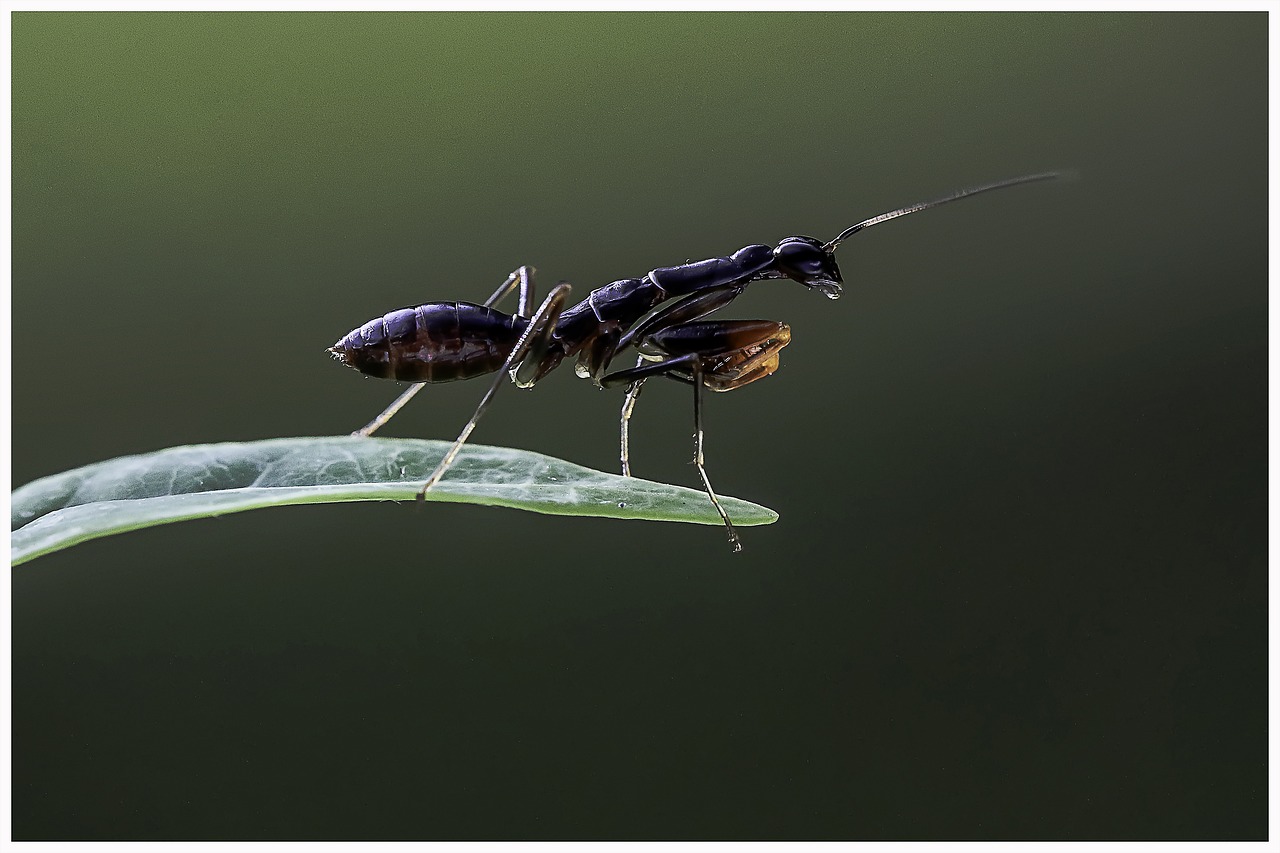
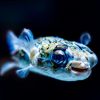
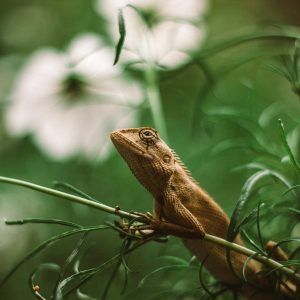
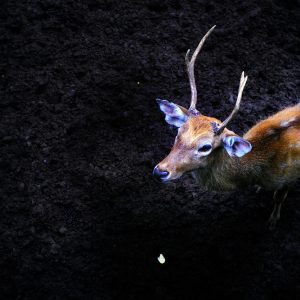
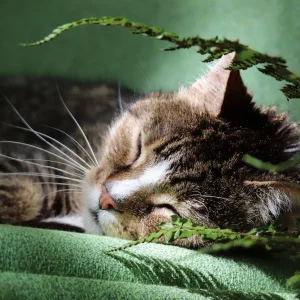
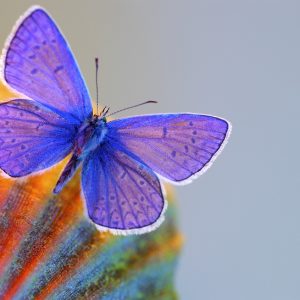
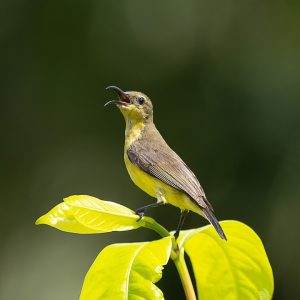

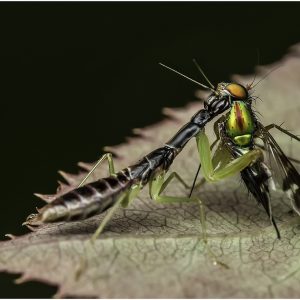

Reviews
There are no reviews yet.